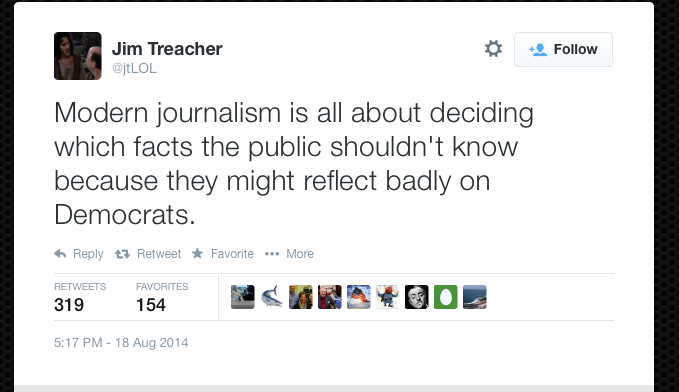For the fourth night in a row, noisy throngs of the usual suspects have marched through the streets of Dallas and other urban centers chanting silly chants:
“Hands too small! Can’t build a wall!”
Of course, we all know and fear the awesome election-voiding, mind-changing power of a wicked burn that rhymes.
The marchers in each city are almost certainly the same tossed salad of marxists, anarchists and identity politics grievance mongers who can be counted on to take to the streets every time there is a left-wing cause to promote for sympathetic evening news coverage. And as is so often the case with these “spontaneous” uprisings, billionaire George Soros is paying the bills.
Now, I may be misreading the current situation but I get the impression that many on the Left are unhappy about the presidential election result.
As I’ve repeatedly pointed out, I was not, and am not, an enthusiastic Trump supporter. There were a half-dozen highly qualified Republican candidates I would have loved to have had the opportunity to support. But the major media, by focusing incessantly and exclusively on Trump during the primaries—both for ratings and in a cynical ploy to hand pick Hillary’s challenger—denied me that privilege.
The histrionics and pants-wetting by many Hillary advocates over the failure of their candidate has been one of the most extraordinary things I’ve ever witnessed. In addition to the protests, which in Portland have turned violent and destructive, we’ve had a torrent of embarrassing crazy talk from celebrities. So be it.
For the most part, the rage, name-calling, and foul-mouthed caterwauling that has followed Trump’s decisive electoral college victory has only served to reassure those Middle-American swing voters who now determine our national elections that they made the right choice.
By the way, I chuckled to learn today that more than half of the Democracy Now! protesters arrested in Portland last week hadn’t even voted. I’d bet a week’s pay that most of the others voted for third party candidates like Jill Stein.
Of course, if the average age of an outraged chanting hippie in the streets is 25, that means that he/she was roughly 13 years old the last time the Democrats lost a presidential election and around nine for the bitterly contested Bush vs. Gore outcome of 2000.
In other words, they have no experiential framework for putting this loss into context or perspective. What’s more, most have been taught a nonsense version of history by the educational system that is constantly reinforced through pop culture and media.
Compounding this is the liberal echo chamber they’ve lived in their entire lives—swaddled in a comforting blanket of media reassurance that they are right and righteous.
A big reason for the magnitude of the shock and awe for many is that they were so sure they were going to win. In fact, in the middle of the day last Tuesday, Hillary and her team were already popping champagne open on the flight back to New York.
Why? How? What now? Some strung-together random thoughts:
- Liberals spent the last eight years cheerleading Mr. Obama’s steady expansion of presidential and executive branch power (executive orders, weaponizing the IRS, EPA, Justice Dept., etc.) Conservatives warned them that this is a bad idea. They cautioned that the separation of powers built into the Constitution through a delicate system of checks and balances was a vital safeguard against tyranny. Now Progressives are pooping themselves at the prospect of turning that enhanced Executive power over to someone they loathe and fear. (See Proverbs 26:27)
- Over the last four years, even while middle Americans struggled through a stagnant economy that hemorrhaged real jobs while creating hundreds of thousands of new baristas, waiters, and bartenders, they:
- Had Obamacare jammed down their throats even though clear majorities opposed it.
- Had same-sex marriage jammed down their throats even though clear majorities opposed it (even in California, which passed a referendum on it, only to see it nullified by the courts.)
- Then immediately saw “transgender issues” pushed to the top of the dominant media culture’s national agenda, before most of the nation had a chance to process the end of marriage as civilization has known it for millennia.
- Saw the rule of law eroded and wages for the working poor weakened through encouragement of illegal immigration.
- Watched professional athletes use a local issue (policing) as a rationale to disrespect and show disdain for the national anthem.
- Spent eight years being called a racist by talking heads for expressing honest, legitimate policy disagreements with the President. (Chris Matthews, Bill Maher, The View ladies, ad infinitum.)
- Been the focus of a constant stream of mockery, derision, and condescension out of the media capitals of Los Angeles and New York–via television, movies, and music.
- Watched North Carolina be treated like a leprous pariah by pop stars and national sports organizations for passing a commonsense law to keep men out of ladies restrooms.
- Words like racist and misogynist are important. We need them. They describe real things. Which is why it is tragically wrong to abuse them to death as the dominant media culture has done for years now. When you use the word racist as a club to silence disagreement or shame-shun decent people who simply disagree with you, you drain these words of their meaning and power.
- When it became clear on election night that Donald Trump was going to win the presidency, after I picked my jaw up off my fuzzy slippers, I made the following prediction to my wife: “God help us. We’re going to see a bunch of celebrities running for president in four years.” Within 72 hours I’d heard Chris Rock, George Clooney, and Dwayne “The Rock” Johnson as potentially interested in running. Good luck with that.
- Finally, in one sense, it didn’t matter who won this election. A lot of bad things were already baked into the cake during Mr. Obama’s tenure, particularly during his second term. In fact, if you’re looking for a truly tragic election outcome, you’re late. It occurred four years ago. Everything Mitt Romney warned about during his campaign has come to pass. All of it. But he lost, in part because a critical mass of evangelicals and catholics couldn’t bring themselves to turn out for a Mormon because “magic underwear” or something.





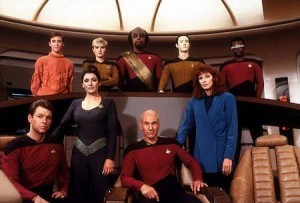 In 1987 Star Trek: The Next Generation revived and reinvigorated the franchise. That was the year I got marred and my new bride and I faithfully watched the new series each week and became invested in the characters.
In 1987 Star Trek: The Next Generation revived and reinvigorated the franchise. That was the year I got marred and my new bride and I faithfully watched the new series each week and became invested in the characters. The latest reboot of the franchise, crafted by master scifi-fantasy storyteller J.J. Abrams, has once again remade the moral framework within which the familiar characters think and act.
The latest reboot of the franchise, crafted by master scifi-fantasy storyteller J.J. Abrams, has once again remade the moral framework within which the familiar characters think and act.
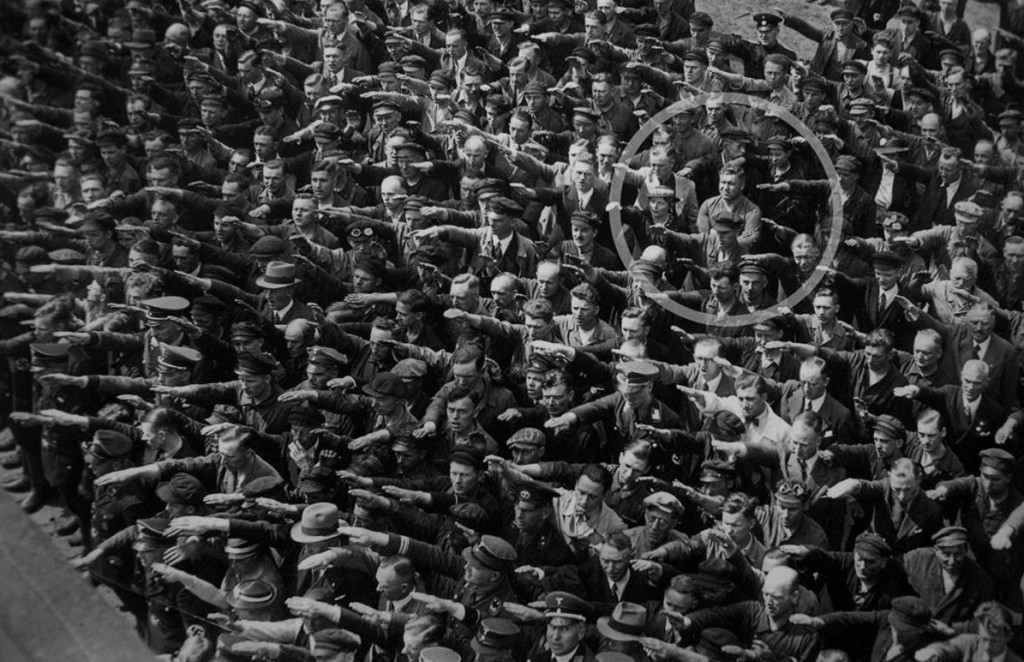

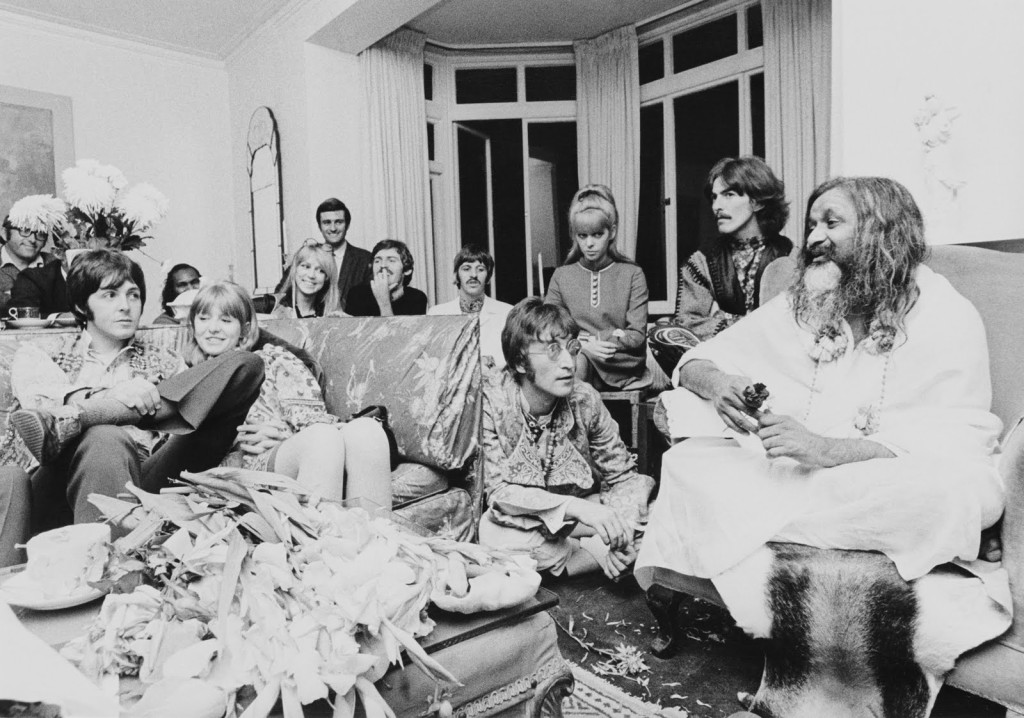


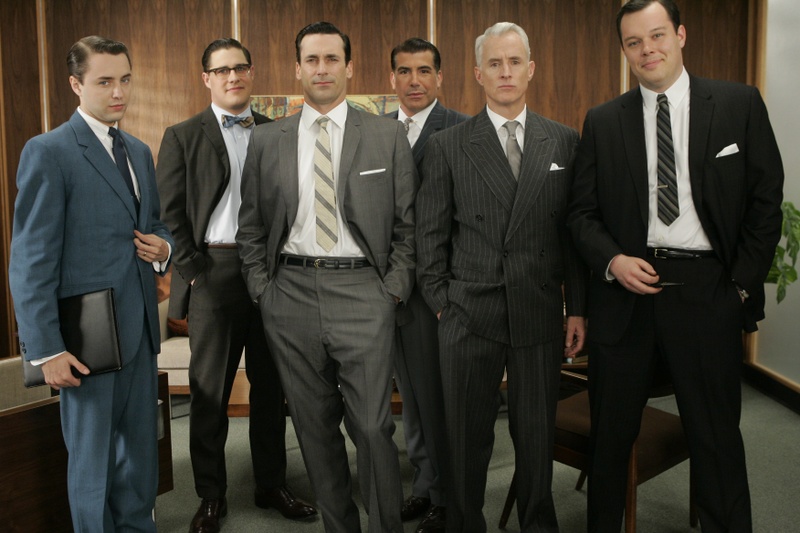


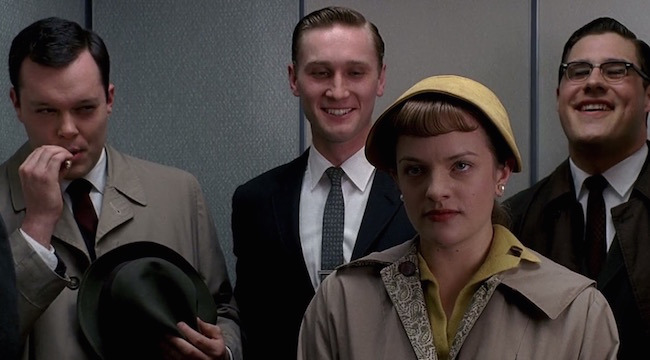




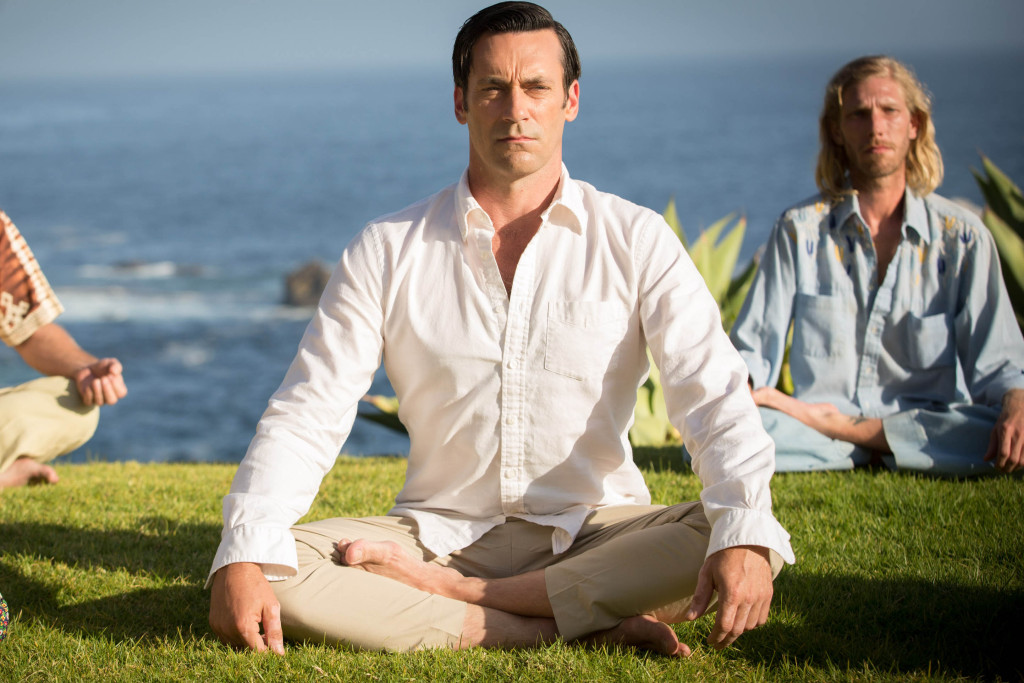

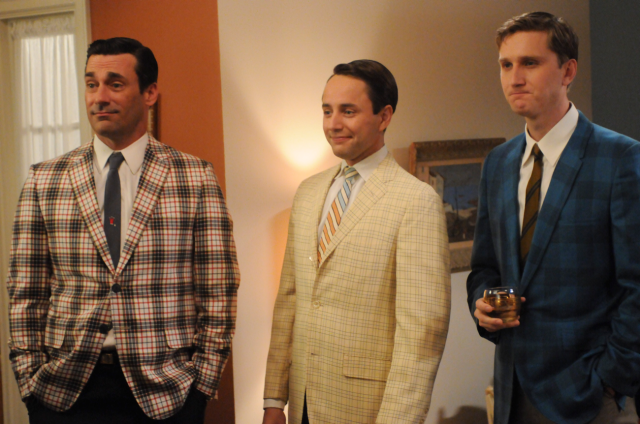

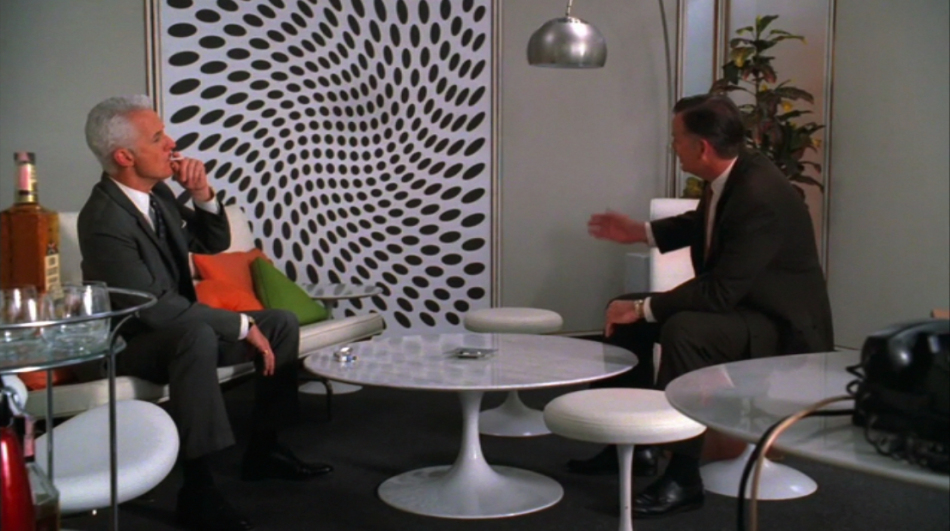
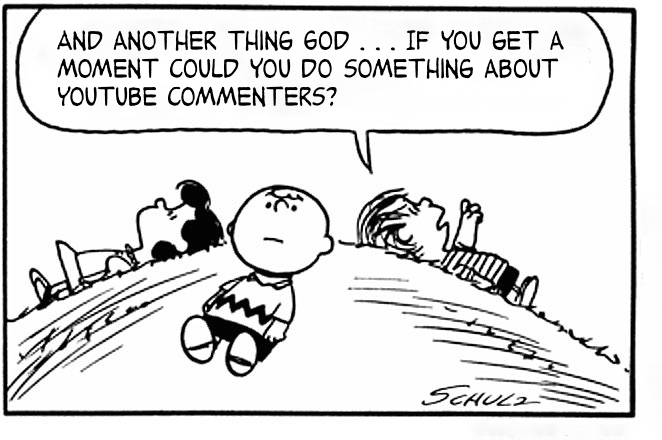


![Coverage [of Facebook] You Can Count On](https://davidaholland.com/wp-content/uploads/2015/04/CBS11_KTVT.png)

